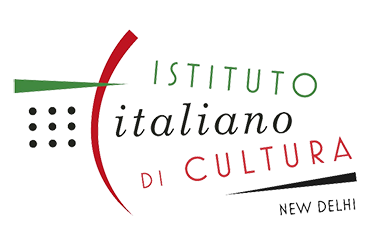Art and Culture
Marina Montesano - Epidemics and witch hunts
Marina Montesano – Epidemics and witch hunts
Although witchcraft is, from an anthropological point of view, a phenomenon that is encountered in many societies, in late medieval and modern Europe it takes on particular characteristics, giving rise to the so-called witch hunt: between the 15th and the early 18th century, it is estimated that about 60,000 to 80,000 women and (to a lesser extent) men were sentenced to death for witchcraft. The witch hunt began in the aftermath of the spread of the Black Plague in Europe; the return of new waves of epidemics in the early 17th century, accompanied by a worsening climate (the small ice age), coincided with the peak of the witch hunt. The lesson wants to investigate, in the light of scholarship on the subject, the link between epidemics and social phenomena, discussing the hypothesis that the search for scapegoats had a relationship with the birth and the increase of witch hunts.
Marina Montesano is full professor of Medieval History at the University of Messina. She has a doctorate from the University of Florence, is a fellow of Villa I Tatti The Harvard University Center for Italian Renaissance Studies in Florence, and a member of the Committee of the International Society for Cultural History (ISCH). Among her publications related to the subject: Classical Culture and Witchcraft in Medieval and Renaissance Italy, London, Palgrave/MacMillan, 2018; Witchcraft, Demonology and Magic, “Religions”. Open Access Journal. Special issue 2019/2020 (as guest editor).

